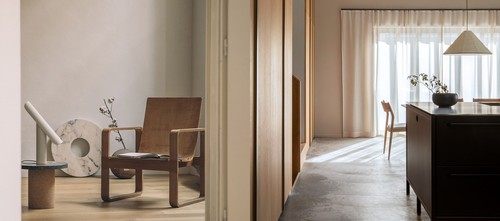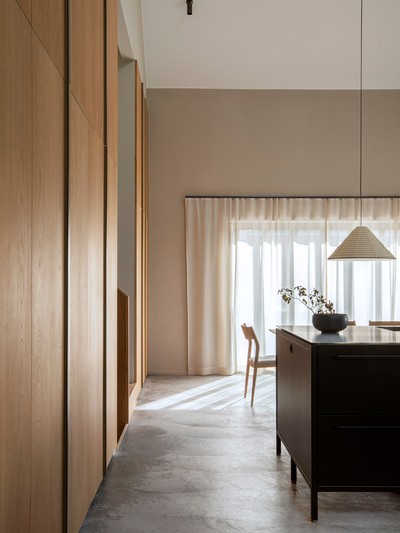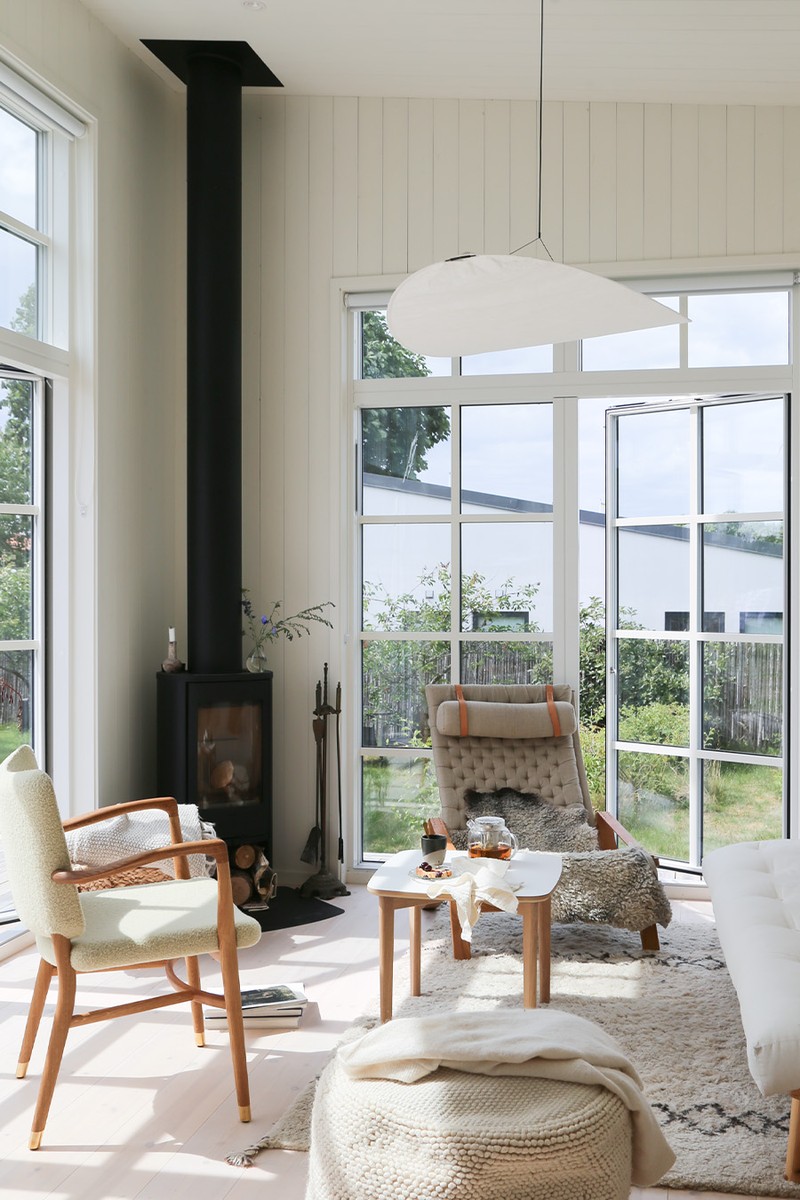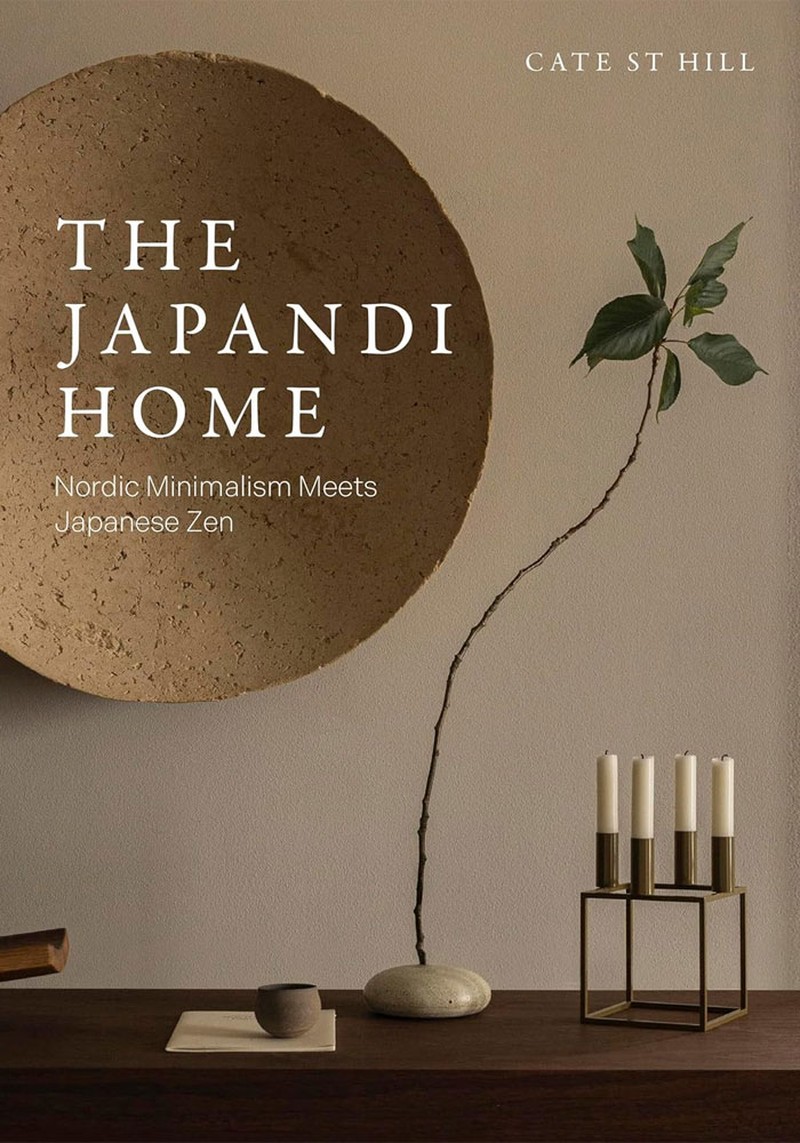

How Your Home Can Enhance Your Wellbeing
All products on this page have been selected by our editorial team, however we may make commission on some products.
Designing for wellbeing is an introspective process. It encourages us to take a closer look at what we personally need from a space – not just practically, but emotionally too. You might feel soothed by the touch of soft textures, uplifted by a green view or calmed by the sight of a clutter-free space with everything in its place. You could find you need a contemplative corner to retreat to, a window seat to focus your wandering mind, or a cocoon-like bedroom to get a good night's sleep.
The first step is understanding what brings each of us peace and calm. It can often vary from person to person. I find the outside world so colourful and noisy that I feel calm when I walk into my home with its neutral walls and simple details. I want to unwind in restful spaces that feel visually soothing. I find quiet, tranquil spaces help quieten my busy mind but another person might feel enlivened by bold pops of colour or pattern. The point is to design a home that supports your needs.
Designing with your wellbeing in mind helps define your personal style. Ideally there should be a harmony between who you are and what your home says about you. Before starting a project, I find it can be useful to pick out three words to describe the space you want to create, e.g. simple, natural, neutral. This acts as a framework, helping to guide your choices further down the line.
Curves can soften a space, especially if it's all clean, minimalist lines. From a practical point of view, we feel like we can move around them more easily and not have the danger of bumping into a sharp corner or hard edges. But, more importantly, curves give fluidity to a space and create natural focal points you want to gather around, whether it's a round dining table, a curved sofa or a sculptural paper pendant. That's because studies have shown curved forms are perceived to be more welcoming than straight lines, evoking greater feelings of calm and relaxation. The theory is that curves bring to mind what we see in nature – very rarely will you see perfect straight lines in the natural world; instead you'll find ripples on water, whorls in an unfurling flower or concentric circles in the grain of a tree trunk.
A home should be designed with all the senses in mind. We really rely on all of them to understand and relate to our surroundings. Touch helps ground and calm us, scent can evoke strong memories and set the scene, and sound might stir up certain emotions. I think you want to think about the complete sensory experience so that you can create a space that feels good to be in. In a neutral interior, which is otherwise quite pared-back, you want to ramp up the texture by embracing rustic finishes, natural materials and warm surfaces over cold, shiny finishes. Choose jute rugs, thickly woven blankets and relaxed linen bedding, for example.
Natural elements in an interior have been proven to reduce stress. And the benefits don't just come from house plants. Wooden interiors have even been found to lower blood pressure and calm the nervous system. You can bring nature into the home by using natural forms and materials, and making sure you maximise natural daylight and green views. Arrange your furniture to optimise the best pockets of light, positioning desks near windows and your sleeping spaces in the darkest rooms. Even if you don't have a green view, you can still find benefits in images of nature, natural paintings or little pops of mood-boosting green here and there.
A clutter-free space is the key to a calm home. Not only does decluttering sharpen focus and bring order to a space, the act of letting go can also be a cathartic process. First things first, make sure you factor in enough storage for your needs. You can never have too much storage to hide away the things you don't want to see every day. I try to have a one-in-one-out policy for things like mugs, books and other small items that can easily accumulate. The most satisfying part of decluttering is putting everything back in its place. Use baskets, boxes and trays to sort items so they're easy to find. You're more likely to keep on top of clutter if you can see where everything is meant to go.
Simplicity is the sense of harmony and stillness that comes from a lack of excessive ornamentation. In Japanese design, value is placed as much on the negative space around an object as much as the object itself, because it helps highlight the object and draw your eye to it, creating a restful moment to pause the mind. Create focused areas of detail in a space and use the rule of three to style objects in clusters.
Just because a space is minimalist doesn't mean you should forgo comfort. Scandi interiors manage to perfectly balance warmth and simplicity without managing to make a room feel overfilled. Good mood lighting makes a big difference to a room's ambience, so make sure to have lots of lamps so you don't have to rely on the harsh 'big light'.
Visit CATESTHILL.COM
Buy The Japandi Home: Nordic Minimalism Meets Japanese Zen by Cate St Hill here
DISCLAIMER: We endeavour to always credit the correct original source of every image we use. If you think a credit may be incorrect, please contact us at info@sheerluxe.com.






